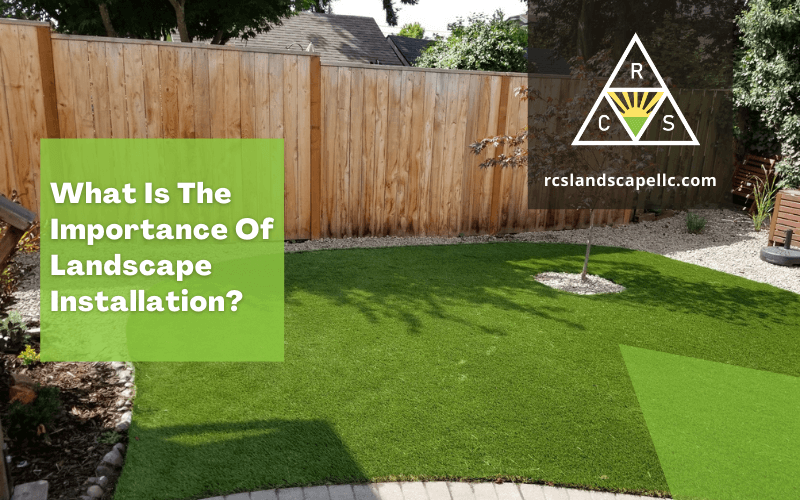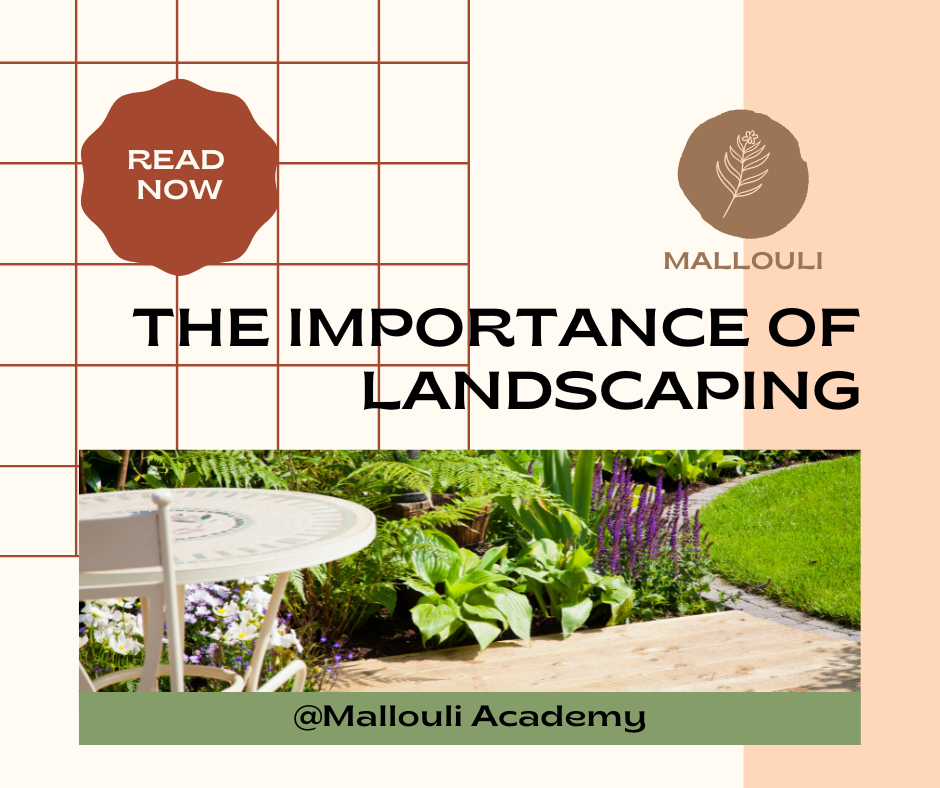Getting The Landscape Design To Work
Getting The Landscape Design To Work
Blog Article
The Single Strategy To Use For Landscape Design
Table of ContentsThe Best Guide To Landscape DesignSome Known Incorrect Statements About Landscape Design Landscape Design for DummiesLittle Known Questions About Landscape Design.Rumored Buzz on Landscape Design
A lawn can usually be separated into 3 locations: public (the front lawn), personal (the back yard), and service (usually the side lawn). The place of activity locations depends largely on the kind of location, the dimension of space required, the type of activity, and the desired proximity to other activities and structures.The outside wall of your house typically functions as the initial wall or starting point of an outside area. Inappropriate usages need to be separated, and related tasks, such as food preparation and eating, should be put together to make the yard much more efficient and delightful. When making use of hardscape to produce areas, use building and construction material similar to that utilized in your house for continuity from the house right into the garden.
Connected rooms. Credit: Gail Hansen, UF/IFAS Making use of comparable hardscape features and duplicating plants draws the eye around the yard. Important points along the road can be stressed with plantings or functions that draw interest and encourage activity in a specific instructions. Moving along the course takes a person from one location to the next and enables the user to have a range of experiences.
The 5-Second Trick For Landscape Design

For mental comfort plants are made use of as physical or implied obstacles for personal privacy and security. Physical barriers obstruct both the sight and access to an area and consist of fences, walls and plant hedges. Indicated barriers, usually low expanding plants, block access however not the view (Number 9). Various other features of plants consist of cleaning up the air, avoiding disintegration and dirt loss, keeping moisture in the soil, and returning natural issue to the dirt.
Physical and implied obstacles. Credit History: Gail Hansen, UF/IFAS For these reasons, the kinds of plants to be utilized (such as trees, shrubs, or groundcovers) need to be selected in the beginning of planning (Landscape Design). Plant kinds are chosen for their useful capacities to ensure that their future objective and required room can be taken into consideration at the very same time

An Unbiased View of Landscape Design
Each plant mass is in front of, behind, or following to, one more mass. Credit History: Gail Hansen, UF/IFAS Duplicating plants within a mass and duplicating masses with comparable plants ties the garden together. The individual plant characteristics must be thought about to effectively layer and mass plants.
All plant make-ups start with the major structure plants, the large, primarily evergreen background plants-such as the trees and large bushes. These plants different or enframe rooms, manage the dimension of the space, and provide the starting factor for choosing the view appropriate attributes of the second layer, midground plants, for massing and infill.
Vital factors in the garden must be highlighted by the use one-of-a-kind plants, unique structures, or yard accessories. Noting limits or entrances to rooms can be performed with entrances, arbors, and actions, or with making use of distinct and vibrant plants. The type and/or style motif of the garden will certainly commonly aid identify the crucial factors and exactly how they need to be highlighted.
Various other important locations in the yard are focal factors, which is utilized to visually arrange a designed location. Different viewpoints or point of views can expose different make-ups in the landscape that may call for a range of focal factors.
10 Easy Facts About Landscape Design Shown
Figure 13. Plant types. Credit Score: Gail Hansen, UF/IFAS After kind, structure is the next dominant feature of a plant; crude, medium and fine structures can be used for comparison and focus in the landscape. Type and structure both trump shade in the garden for the majority of the year. Nonetheless, during particular periods, color will certainly be one of the most recognizable attribute of the garden.
The pleasurable aroma of plants, the noise of wind in the trees, the audio and appearance of water, and the shades and appearances of sculptures, pots and yard furniture all include to the experience of the yard. helpful site One information that is commonly forgotten is the result of light on the aesthetic appeals of the plants.

The Only Guide for Landscape Design
It is important to know the eventual fully grown dimension of plants so they can be positioned in the right area and spaced properly when they are installed. Giving plants area to grow is an obstacle since the common mature dimension is generally based upon optimal growing conditions and the ecological problems of a website may create a plant to grow larger or remain smaller.
Report this page